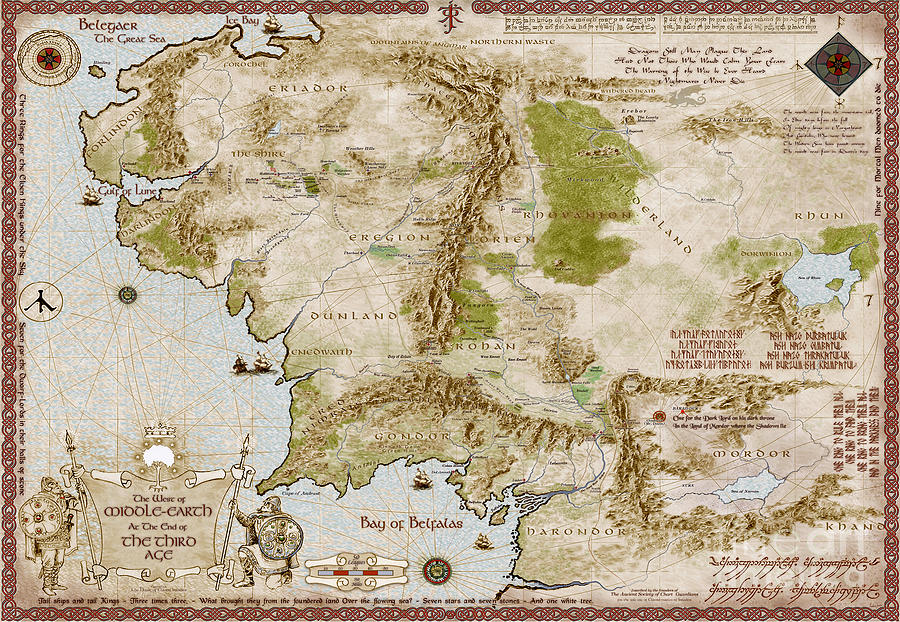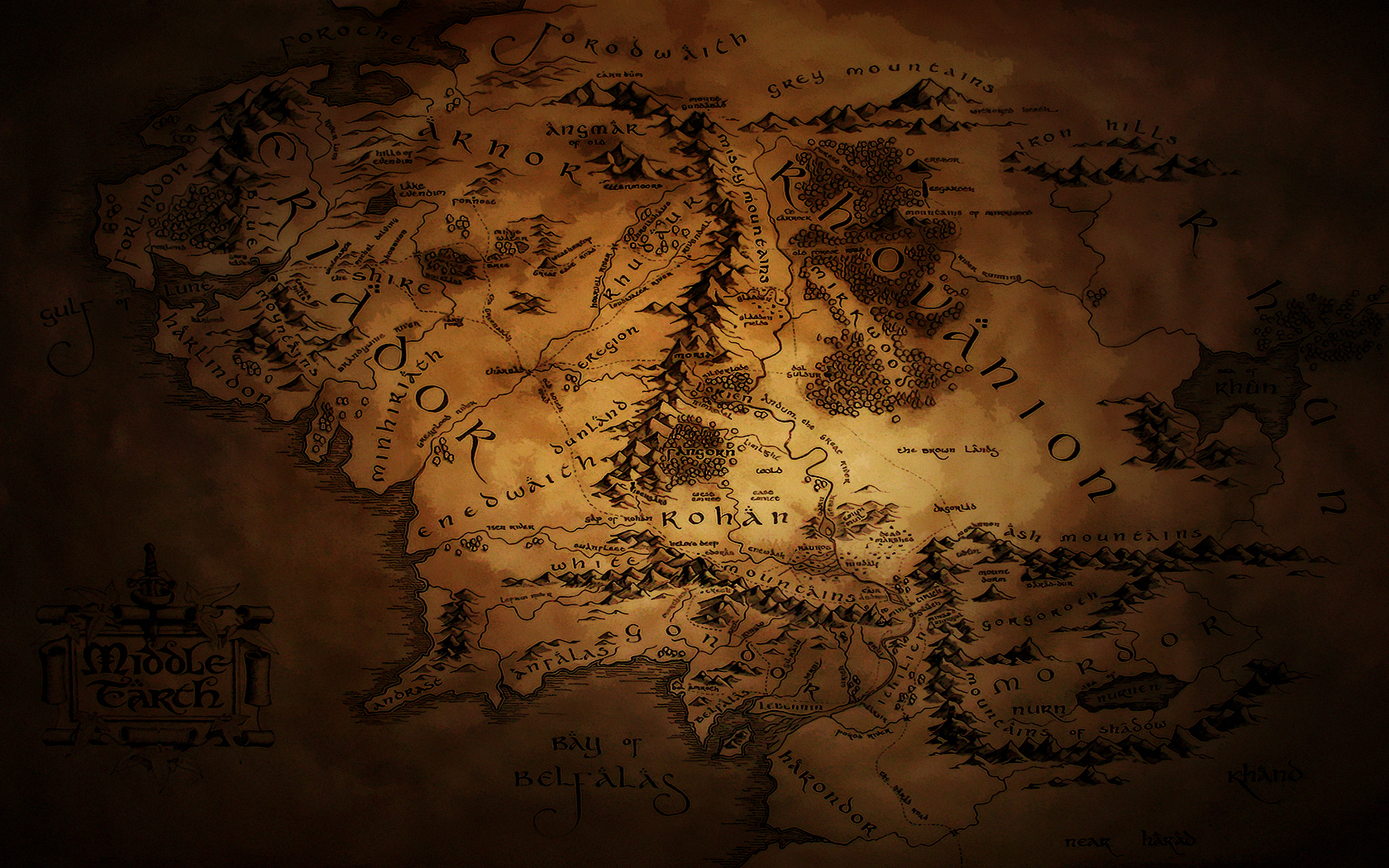

He read greedily, but nothing struck him as much as a couplet in the Old English poem the Crist of Cynewulf: “Hail Earendel brightest of angels, above the Middle Earth sent unto men.” These words formed the cornerstone for much of his early writing as he conceived his own Middle Earth.ĭespite hours spent writing or inventing languages, socialising or studying (he did too little of the latter in his first years at Oxford), Tolkien eagerly counted the days until his 21st birthday. Tolkien loved the sounds of words, whether in Greek or Gothic, Welsh or Finnish, Old Norse or Anglo-Saxon. He had a natural skill for picking up languages, and a passion for inventing his own. It was in such groups that a younger Tolkien demonstrated his exemplary talents for language and philology. There, Tolkien would have tested out chapters from The Lord of the Rings to an encouraging audience, not least his friend CS Lewis. The loose collection of academics, writers and literary enthusiasts met for conversation, readings of works-in-progress and drinking in The Eagle and Child pub. Years later, as an Oxford professor, he was an instrumental figure in the Inklings literary group. Then, when he went to Oxford in 1911 to study Classics at Exeter College, Tolkien joined the rugby, debating and essay clubs, and founded a literary club of his own, the Apolausticks. At school, he had a close group of friends – Rob Gilson, Geoffrey Smith and Christopher Wiseman – who made up the Tea Club, Barrovian Society (or TCBS), which met to discuss literature or share artistic endeavours.

He found solace in his Catholicism and through fellowship. (Image by AWL Images / Getty Images Plus) The Eagle and Child pub in Oxford, scene of the regular meetings of Inklings, Tolkien's literary group. From then on, Tolkien, a cheerful and sociable person at heart, could sink into deep despair at the fear of everything beautiful in the world being lost. Then in 1904, his mother succumbed to diabetes. Tolkien felt the loss of the countryside keenly. In 1900, Mabel converted to Roman Catholicism, to the outrage of her family, who stopped financial support, and then she moved the family so the boys could be nearer King Edward’s School. When he later wrote about the Shire, he was thinking of Sarehole. He was in the countryside, living a simple rural existence, able to watch the mill in action or pick mushrooms from the field of a local farmer, whom he called the ‘black ogre’. Despite his mother struggling with a meagre income, Sarehole came to represent an idyllic childhood. The effect this had on Tolkien was profound. With no wish to return to South Africa, Mabel moved to Sarehole on the outskirts of Birmingham. At the time, his wife Mabel and the two boys were away in England. Arthur had been an English bank manager in Bloemfontein, South Africa – where Tolkien was born on 3 January 1892 – and died in early 1896 due to complications from rheumatic fever. They had lost their father, Arthur, at ages too young to remember him properly. The kindly priest had taken Tolkien as his ward, along with his younger brother Hilary, when they were orphaned. “Thank God!” he wrote in his diary, such was his deep respect for Morgan.

Tolkien grew so despondent that it actually came as a relief when she moved to Cheltenham. All communication was then prohibited after the love-struck pair were spotted several times on secret bicycle rides or chance meetings. Edith was both a Protestant and a distraction as he studied for a scholarship to Oxford, so Morgan told him not to pursue the relationship until he turned 21. Tolkien’s Catholic guardian, Father Francis Xavier Morgan, disapproved of the match. Their friendship, formed through secret whistles and midnight feasts, soon blossomed into romance. Edith Mary Bratt was three years his senior, a gifted pianist and a fellow lodger in the house of Mrs Faulkner in Birmingham. John Ronald Reuel Tolkien – Ronald, to family and friends – met his wife of more than 50 years in 1908, when he was 16. So the ‘leaf-mould’ that gave life to his bestselling epics had gathered in his youth, and been added to by loss, friendship, passion for languages, war and love. Life was comfortable and every day pretty much the same. He wrote The Hobbit and his masterpiece followup The Lord of the Rings while leading a decidedly ordinary life as an Oxford don. Later in life, Tolkien reflected that “One writes such a story not out of the leaves of trees still to be observed … but it grows like a seed in the dark out of the leaf-mould of the mind”.


 0 kommentar(er)
0 kommentar(er)
